Japanese tableware: from ancient times to modern day
Japanese tableware is a work of art, mirroring the country’s profound respect for nature, craftsmanship, and culinary culture. For centuries, these pieces have not merely been tools for eating and drinking, but have reflected the aesthetic and philosophical elements of Japanese life.
A journey to ancient Japan
In the Jomon period (14,000–300 BC), the earliest known pottery in Japan was created. These ceramics were coil-made and decorated with intricate cord-marked patterns, showcasing the high level of creativity and skill of the ancient potters.
Evolving through the ages
The following Yayoi period (300 BC – 300 AD) saw the introduction of wheel-thrown pottery and iron tools, which revolutionized tableware production. Iron tools allowed for more refined shapes, and the pottery wheel led to more symmetrical pieces.
During the Kofun and Asuka periods (300–710 AD), the Sue pottery emerged. Fired at high temperatures, Sue ware was much stronger and more durable than its predecessors.
Influence of tea ceremony
The Muromachi period (1336–1573) was transformative. The Japanese tea ceremony, or ‘chanoyu,’ became popular, heavily influencing tableware aesthetics. The ceremony emphasizes simplicity and naturalness, traits that started to get incorporated into ceramic production. Wabi-Sabi, the concept of finding beauty in imperfection, became a guiding philosophy in tableware.
Regional diversification
Japan’s diverse geography and regional climates have led to distinct styles in tableware. Arita porcelain, known for its intricate designs and superior quality, comes from the Saga prefecture, while the rustic Bizen-yaki from Okayama is appreciated for its earthy charm. The Mino region is famous for its Oribe and Shino wares, recognized for their unique glazing techniques.
Modern Japanese tableware
In contemporary Japan, the traditional styles coexist with modern designs. Japanese potters are renowned for their innovation while respecting ancient aesthetics. Whether it’s minimalistic Hasami porcelain or vibrant Kutani ceramics, Japanese tableware continues to mesmerize with its blend of old and new.
In conclusion
Japanese tableware is much more than functional items; it’s a testament to the nation’s rich history, refined craftsmanship, and culinary customs. When you use Japanese tableware, you’re not just serving a meal you’re creating a culinary experience steeped in centuries of tradition.
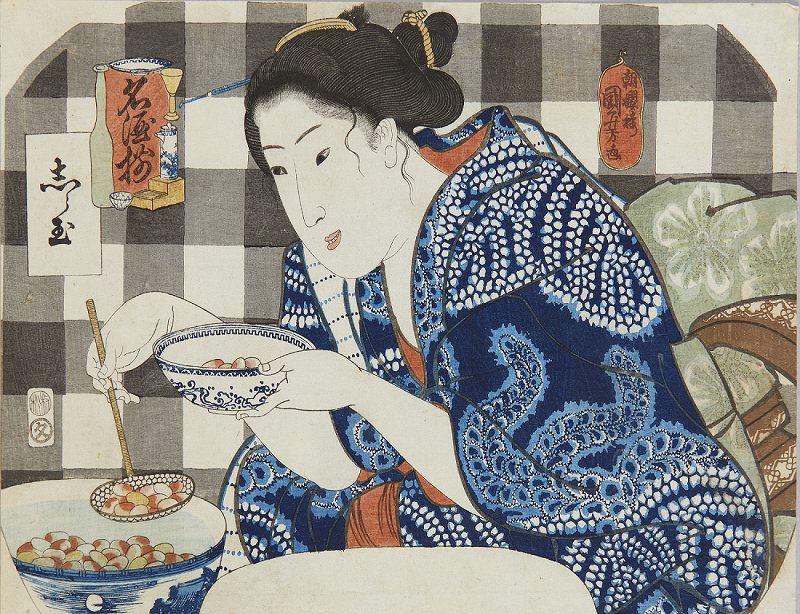
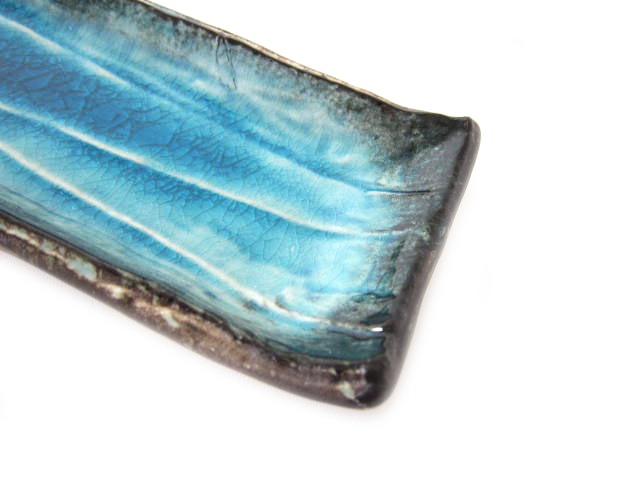
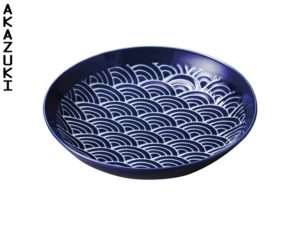 The Osara, the Japanese equivalent of a dinner plate, is used for serving a variety of dishes. Osara are often made from ceramics and can vary greatly in size, shape, and design based on the specific food being served.
The Osara, the Japanese equivalent of a dinner plate, is used for serving a variety of dishes. Osara are often made from ceramics and can vary greatly in size, shape, and design based on the specific food being served.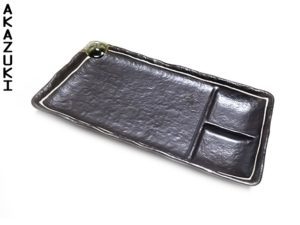 Sushi-Zara are rectangular or oval plates specifically designed for serving sushi. Their elongated form provides the perfect platform for presenting sushi rolls or nigiri in an elegant and organized manner.
Sushi-Zara are rectangular or oval plates specifically designed for serving sushi. Their elongated form provides the perfect platform for presenting sushi rolls or nigiri in an elegant and organized manner.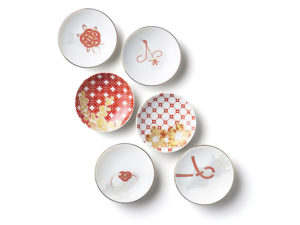 Kozara are small plates used for individual servings of appetizers, side dishes, or condiments. They are typically used to serve foods like pickles, wasabi, or soy sauce.
Kozara are small plates used for individual servings of appetizers, side dishes, or condiments. They are typically used to serve foods like pickles, wasabi, or soy sauce.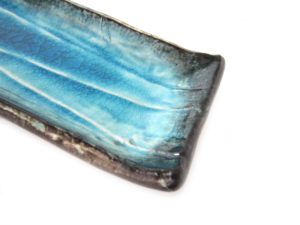 Nagazara, or long plates, are used for serving long, slender foods like grilled eel, tempura, or yakitori skewers. They are also perfect for arranging slices of sashimi.
Nagazara, or long plates, are used for serving long, slender foods like grilled eel, tempura, or yakitori skewers. They are also perfect for arranging slices of sashimi.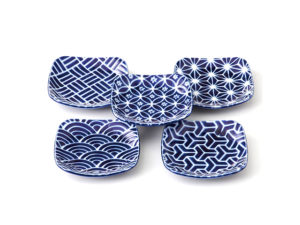 Kaku-zara are square plates that are often used to serve traditional Japanese sweets or bite-sized appetizers. They are also popular for Bento lunches, as they allow for neat compartmentalization of different food items.
Kaku-zara are square plates that are often used to serve traditional Japanese sweets or bite-sized appetizers. They are also popular for Bento lunches, as they allow for neat compartmentalization of different food items.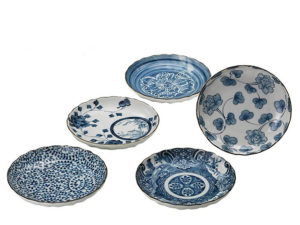 These larger trays or platters are used to serve communal dishes or an array of different foods for multiple people. They are often used in formal dining situations.
These larger trays or platters are used to serve communal dishes or an array of different foods for multiple people. They are often used in formal dining situations.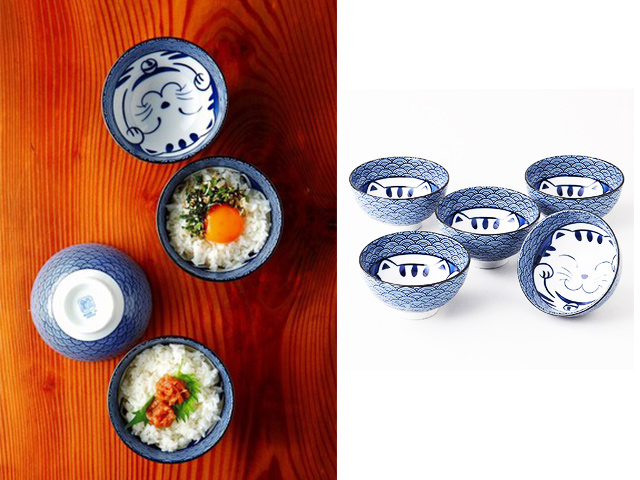
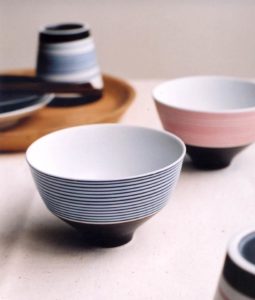 The chawan, a cylindrical
The chawan, a cylindrical 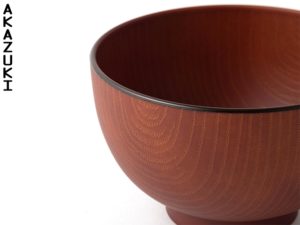 Wan is a generic term for bowls in Japanese, but it’s often used to refer specifically to miso soup bowls. These bowls are typically made of lacquered wood and have lids to keep the soup warm. The lid also serves the purpose of enhancing the eating experience by letting the diner enjoy the aroma of the soup when lifted.
Wan is a generic term for bowls in Japanese, but it’s often used to refer specifically to miso soup bowls. These bowls are typically made of lacquered wood and have lids to keep the soup warm. The lid also serves the purpose of enhancing the eating experience by letting the diner enjoy the aroma of the soup when lifted.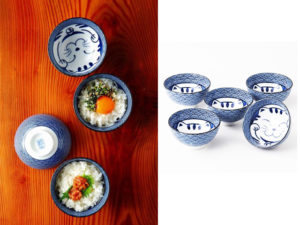 Menbachi, meaning “noodle bowl,” is larger and deeper than the standard rice bowl, designed to hold the hearty servings of ramen, udon, or soba noodles. On the other hand, Donburi bowls are used for dishes where various ingredients are served over a bed of rice, such as gyudon (beef bowl) or katsudon (pork cutlet bowl).
Menbachi, meaning “noodle bowl,” is larger and deeper than the standard rice bowl, designed to hold the hearty servings of ramen, udon, or soba noodles. On the other hand, Donburi bowls are used for dishes where various ingredients are served over a bed of rice, such as gyudon (beef bowl) or katsudon (pork cutlet bowl).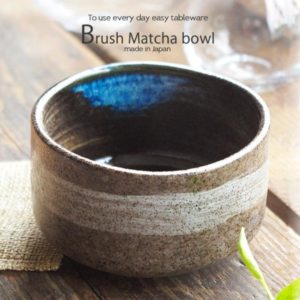 While the term ‘chawan’ is used for rice bowls, it also refers to the bowls used in the Japanese tea ceremony, known as ‘matcha chawan’. These
While the term ‘chawan’ is used for rice bowls, it also refers to the bowls used in the Japanese tea ceremony, known as ‘matcha chawan’. These 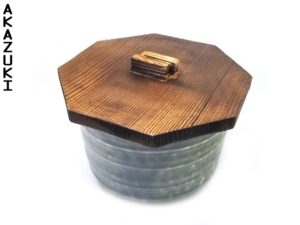 Owan refers to larger bowls used for serving communal dishes or individual portions of larger dishes like stews or hot pots. They can be lidded, similar to miso soup bowls, and are commonly made of ceramic, glass, or lacquered wood.
Owan refers to larger bowls used for serving communal dishes or individual portions of larger dishes like stews or hot pots. They can be lidded, similar to miso soup bowls, and are commonly made of ceramic, glass, or lacquered wood. Despite the name, soba choko is a versatile piece of tableware and can be used for more than just soba noodles. It is smaller and often used for side dishes or dipping sauces.
Despite the name, soba choko is a versatile piece of tableware and can be used for more than just soba noodles. It is smaller and often used for side dishes or dipping sauces.